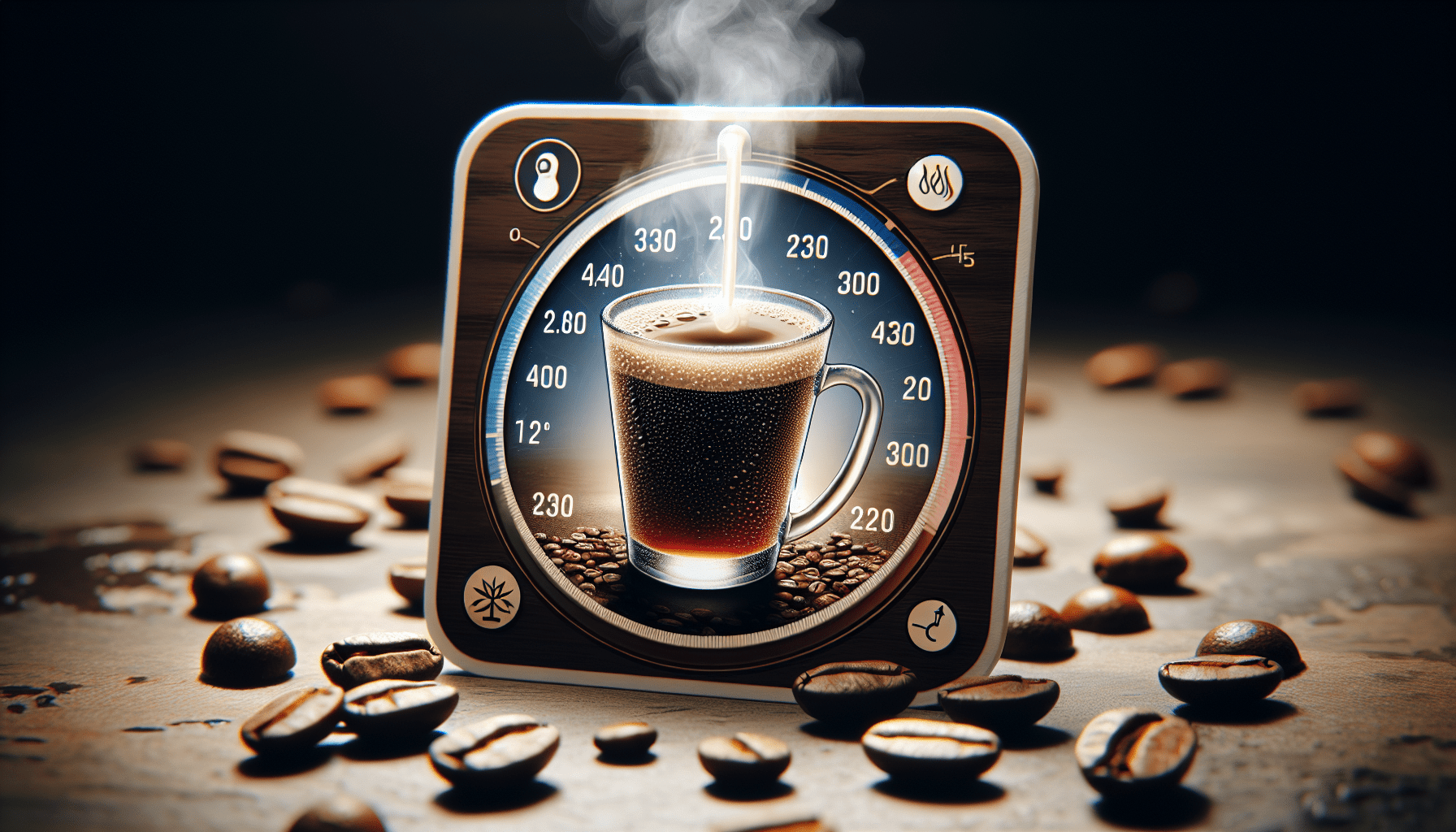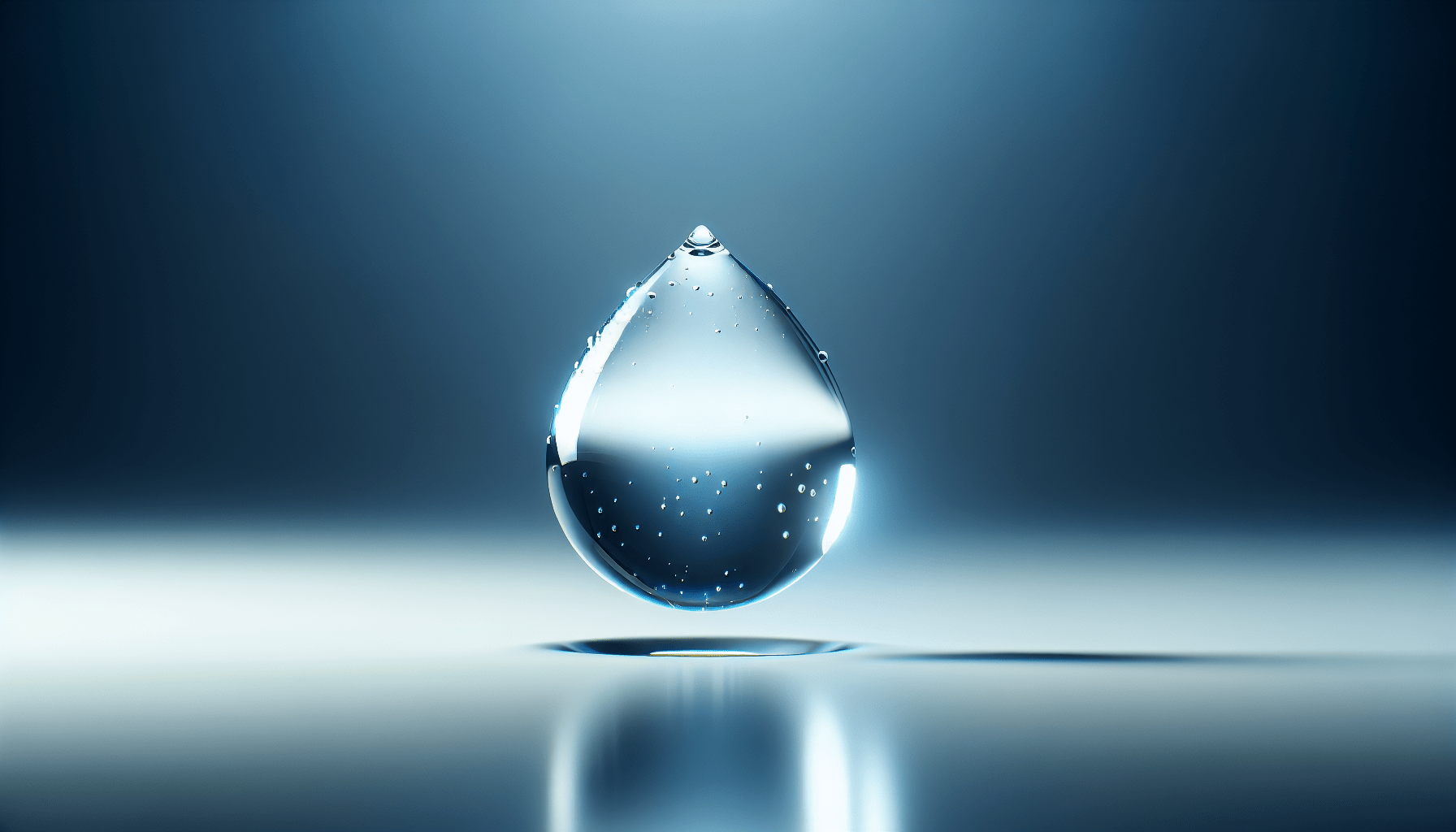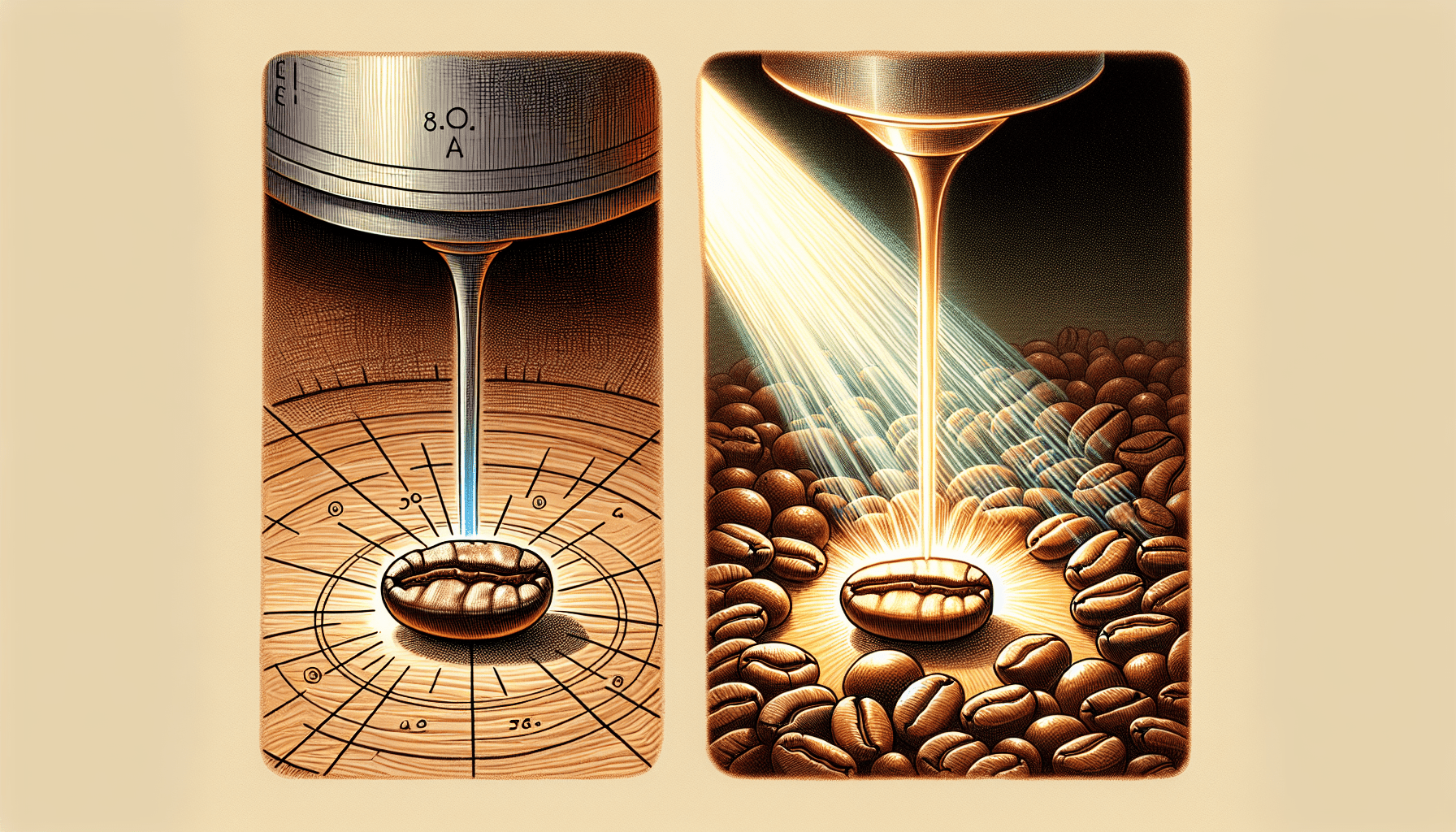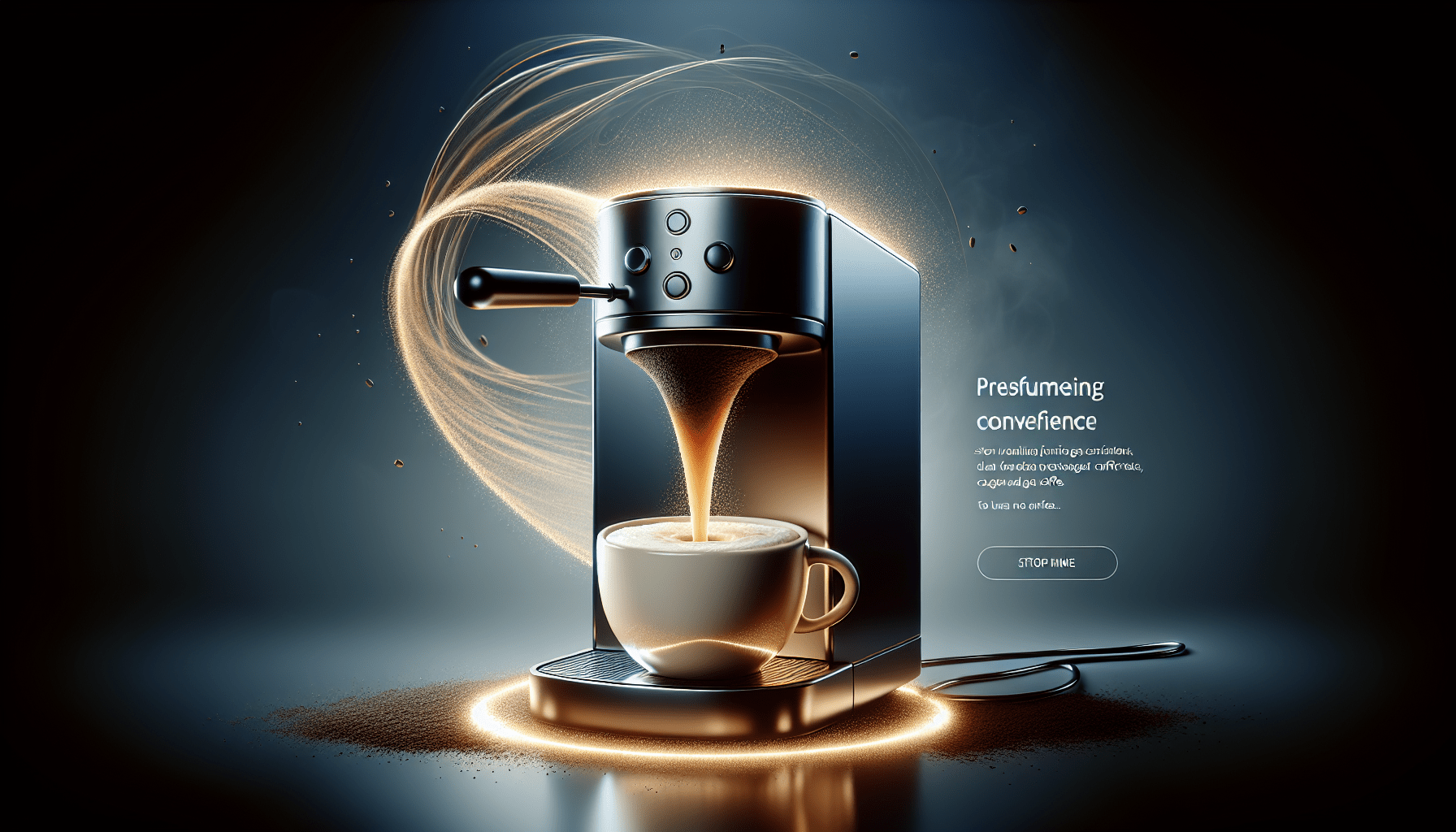Imagine sipping on a perfectly brewed cup of coffee, with each sip awakening your senses and filling you with warmth. But have you ever wondered what goes into making that perfect cup? One crucial factor that often goes overlooked is the water temperature. Yes, you heard it right. The temperature of the water you use to brew your coffee can make all the difference in the taste and quality of your favorite drink. In this article, we’ll explore the golden water temperature range that brings out the best flavors in your coffee, so get ready to elevate your brewing game to a whole new level!
Introduction
When it comes to brewing coffee, the perfect water temperature can make all the difference in achieving that delicious cup of joe. The temperature of your water plays a crucial role in extracting the flavors from the coffee beans and ensuring a consistent and enjoyable experience with every sip. In this article, we will dive into the importance of water temperature, the factors that affect it, recommended temperatures for different brewing methods, and the effects of both high and low water temperatures on the final taste of your coffee. So grab your coffee mug and let’s explore the world of water temperature in coffee brewing!
Importance of Water Temperature
Impacts on Flavor
The water temperature directly influences the flavors that are extracted from the coffee grounds. Hotter water tends to result in a stronger, bolder flavor profile, while cooler temperatures can yield a more delicate and subtle taste. Finding the right water temperature allows you to accentuate the specific flavors and nuances of your coffee, showcasing the intricate notes that the beans have to offer.
Extraction Efficiency
Water temperature also affects the extraction efficiency, which is the process of dissolving and extracting the desired compounds from the coffee grounds. The hotter the water, the more efficiently it extracts the flavors and oils from the beans. However, it’s important to strike a balance, as excessively high temperatures can lead to over-extraction and a bitter taste.
Consistency
Consistency is key in brewing a great cup of coffee. By maintaining a consistent water temperature, you ensure that each brew will have the same taste and flavor profile. Consistency allows you to experiment with variables such as grind size, coffee-to-water ratio, and brewing time, knowing that the water temperature remains constant and won’t affect the outcome.
Factors Affecting Water Temperature
Coffee Brewing Method
Different brewing methods require different water temperatures. For example, pour-over methods like the Hario V60 or Chemex typically benefit from a slightly lower water temperature, while espresso brewing necessitates higher temperatures. Understanding the optimal water temperature for your chosen brewing method is essential in order to achieve the best possible results.
Type of Coffee
The type of coffee you’re using can also influence the ideal water temperature. For darker roasts, which tend to be more bold and robust, a slightly higher water temperature may be preferred to ensure thorough extraction. Lighter roasts, on the other hand, often shine with lower water temperatures as to not overpower the delicate flavors.
Altitude
Believe it or not, altitude can impact the boiling point of water. At higher altitudes, water boils at a lower temperature, which means adjustments must be made to compensate for this when brewing coffee. If you find yourself in a higher altitude location, it’s important to consider the impact on water temperature and adjust accordingly.
Water Quality
Water quality is often overlooked but can greatly affect the final taste of your coffee. Hard water, which contains high levels of minerals, can lead to uneven extraction and alter the flavor profile. It’s advisable to use filtered water or consider using a water softening system to ensure the best brewing conditions, allowing the true flavors of your coffee to shine through.
Recommended Water Temperatures
Scalding Hot (205°F – 212°F)
The upper end of the temperature spectrum is often referred to as “scalding hot.” This range, typically between 205°F and 212°F (96°C – 100°C), is commonly used for brewing methods like French press or espresso. The high temperature ensures maximum extraction, resulting in a bold and intense flavor profile. However, it’s important to be cautious as excessive heat can lead to bitterness and a burnt taste if not utilized properly.
Ideal Brew Range (195°F – 205°F)
For most brewing methods, including pour-over and drip coffee makers, the ideal temperature falls within the range of 195°F to 205°F (90°C – 96°C). This range strikes a balance between extracting the desired flavors while avoiding over-extraction. It allows for a well-rounded and flavorful cup of coffee that is enjoyed by many.
Slightly Cool (175°F – 185°F)
For certain coffee beans or flavors that are more delicate and nuanced, a slightly cooler range of 175°F to 185°F (79°C – 85°C) may be recommended. This lower temperature allows for a gentler extraction, highlighting the subtle characteristics of the coffee without overpowering them. However, it’s important to note that brewing at lower temperatures may require adjustments to other brewing parameters, such as extending the steeping time, to achieve the desired taste.
Effects of High Water Temperatures
Bitter and Harsh Taste
One of the major drawbacks of using excessively high water temperatures is the risk of a bitter and harsh taste. When water is too hot, it can result in over-extraction, causing the coffee to taste unpleasantly bitter. The intense heat can also lead to the release of undesirable compounds, which can overpower the desired flavors and negatively impact the overall taste experience.
Over-Extracted Coffee
High water temperatures extract more compounds from the coffee grounds, including those that contribute to bitterness. Over-extraction occurs when too many of these compounds are dissolved, resulting in a coffee that tastes dry, astringent, and lacking balance. It’s important to avoid this by carefully monitoring water temperature and adjusting it accordingly.
Burnt Aroma
Excessive heat can also lead to a burnt aroma in your coffee. When the water temperature is too high, it can scorch the coffee grounds and release compounds that give off a burnt smell. This not only alters the aroma of the brewed coffee but can also affect the overall flavor, leading to an unpleasant taste experience.
Effects of Low Water Temperatures
Weak and Under-Developed Flavor
Brewing coffee with water that is too cool can result in a weak and under-developed flavor. Lower temperatures hinder the extraction process, meaning that fewer compounds are dissolved from the coffee grounds. The end result is a cup of coffee that lacks complexity and depth, leaving you with a rather bland and uninspiring taste experience.
Under-Extracted Coffee
When water temperatures are too low, the extraction process is incomplete, resulting in under-extracted coffee. Under-extraction means that the desirable flavors and compounds have not been fully dissolved, leading to a lack of body and a watery taste. Adjusting the water temperature to the appropriate range is crucial to avoid this disappointing outcome.
Sour or Acidic Taste
Cooler water temperatures can also contribute to a sour or acidic taste in your coffee. These flavors are typically associated with under-extraction and can result from the insufficient extraction of the coffee’s acids. To achieve a well-balanced and smooth cup of coffee, it’s important to ensure that the water temperature is within the recommended range for your chosen brewing method.
Tips for Achieving the Ideal Water Temperature
Using a Thermometer
To accurately measure the water temperature, using a thermometer is highly recommended. This small but crucial tool allows you to monitor the temperature and make adjustments as needed. Simply insert the thermometer into the water and ensure it is submerged enough to accurately gauge the temperature. Thoroughly rinse the thermometer before each use to eliminate any residue that may affect readings.
Preheating Equipment
Preheating your brewing equipment, such as the coffee machine or the pour-over dripper, can help maintain the desired water temperature for longer. By rinsing your equipment with hot water before brewing, you minimize the heat loss that occurs when hot water comes into contact with a cold surface. This technique ensures that the water temperature remains consistent throughout the brewing process.
Optimal Brewing Timing
Timing is everything when it comes to achieving the ideal water temperature. Boiling water and letting it sit for a while will naturally cool down, allowing you to achieve the desired temperature. Experiment with the timing that works best for your brewing method and adjust accordingly. It’s important to strike a balance between reaching the desired temperature and avoiding excessive cooling, which can negatively impact extraction.
Adjusting Water Temperature for Different Brewing Methods
Pour-Over
For pour-over brewing methods, such as the Hario V60 or Chemex, a slightly lower water temperature ranging between 195°F to 205°F (90°C – 96°C) is generally recommended. This temperature range allows for controlled extraction and highlights the nuanced flavors of the coffee beans. Adjusting the water temperature allows for versatility and experimentation, enabling you to tailor your brew to your personal taste preferences.
French Press
French press brewing typically benefits from a higher water temperature of around 205°F to 212°F (96°C – 100°C). This range ensures proper extraction and results in a rich and full-bodied cup of coffee. Be mindful, however, as too long of a steep time with high water temperatures can also contribute to over-extraction and a bitter taste.
Espresso
Espresso brewing demands precision and a higher water temperature to achieve the necessary extraction. Temperatures in the range of 195°F to 205°F (90°C – 96°C) are commonly used. With the shorter brewing time and higher pressure associated with espresso, a hotter water temperature is required to extract the concentrated flavors efficiently.
Cold Brew
Cold brew, as the name suggests, is brewed with cold or room temperature water for an extended period of time. The water temperature for cold brew typically ranges between 32°F to 70°F (0°C – 21°C). The cool water temperature allows for a slow extraction process, resulting in a smooth and less acidic cup of coffee. Adjusting the brew time can compensate for variances in water temperature and desired extraction.
Water Temperature Myths
Boiling Water Myth
One common myth is that boiling water should be used for brewing coffee. While boiling water may seem like the logical choice for extracting maximum flavor, it can actually lead to over-extraction and bitterness. The ideal water temperature range, mentioned earlier, takes into consideration the optimum temperature for achieving a balanced and flavorful cup of coffee.
Cooling Water Myth
Another myth suggests that boiling water should be allowed to cool for a certain amount of time before brewing. While it’s true that water naturally cools down after boiling, the cooling process can be inconsistent and difficult to control precisely. To achieve the best results, it’s advisable to use a thermometer to measure the water temperature accurately, rather than relying on imprecise timing.
Conclusion
You now have a deeper understanding of the vital role that water temperature plays in brewing a great cup of coffee. The ideal temperature range ensures optimal extraction, accentuates the flavors of your coffee, and guarantees a consistent taste experience. By considering factors such as coffee brewing method, type of coffee, altitude, and water quality, you can make informed decisions about the water temperature that works best for your preferences. Remember to experiment, adjust, and most importantly, enjoy the process of discovering the perfect water temperature for your coffee brewing adventures. Cheers to a delicious and satisfying cup of coffee every time!




